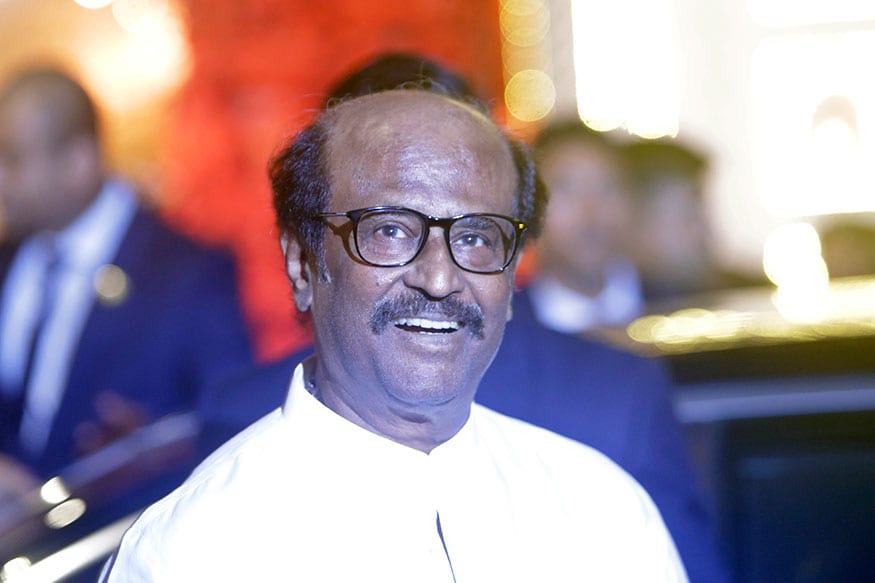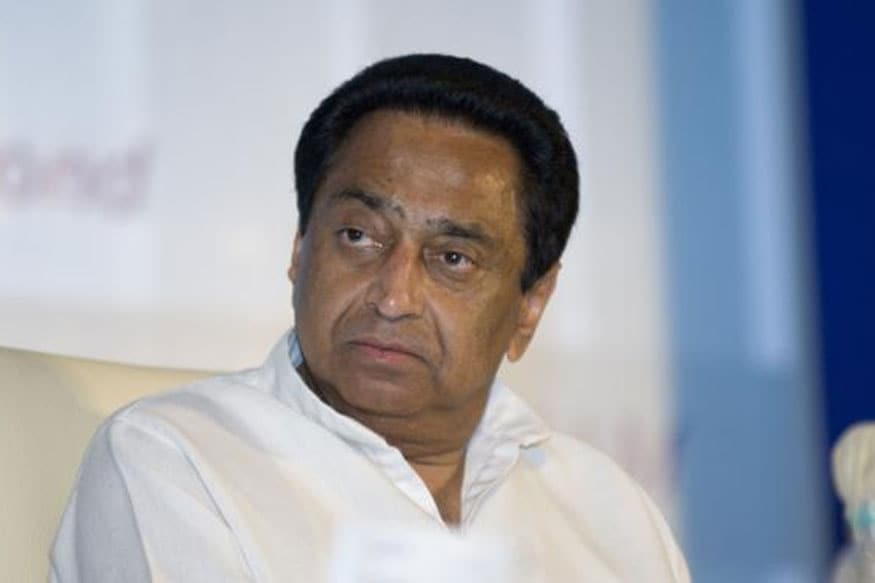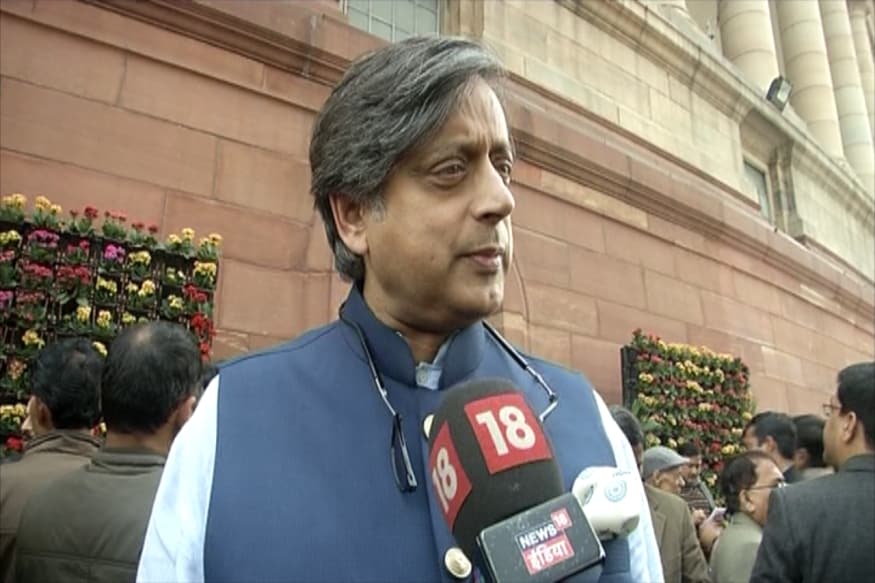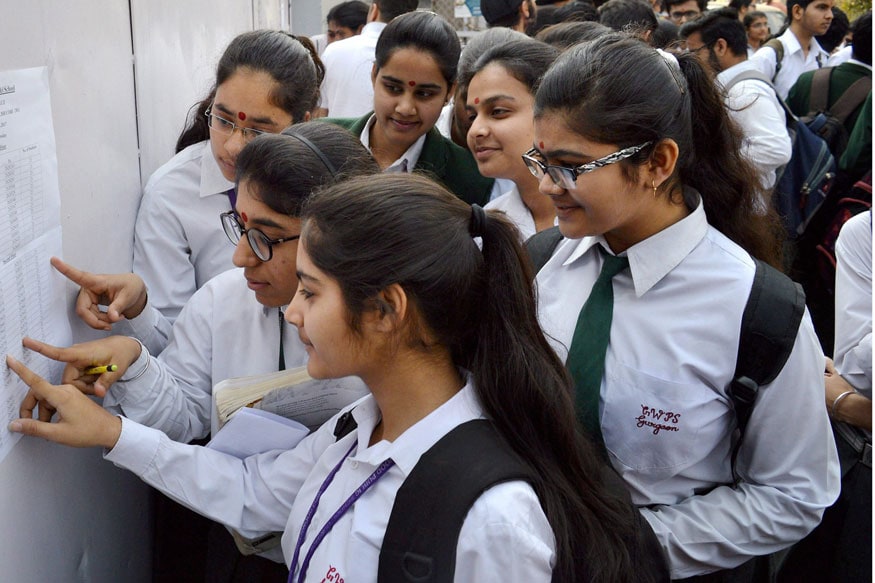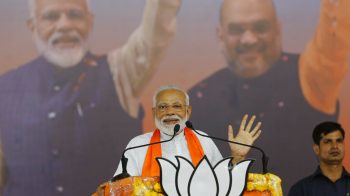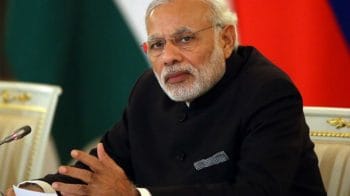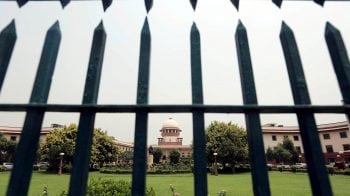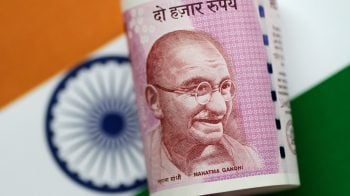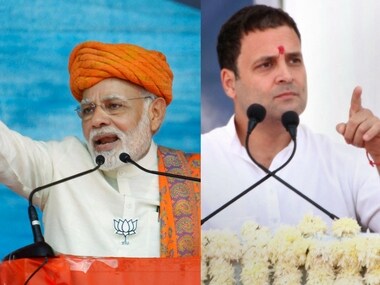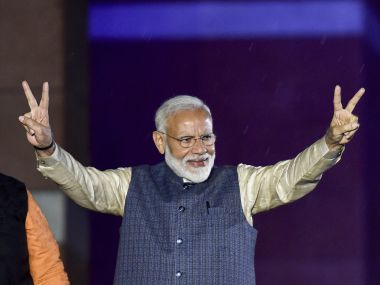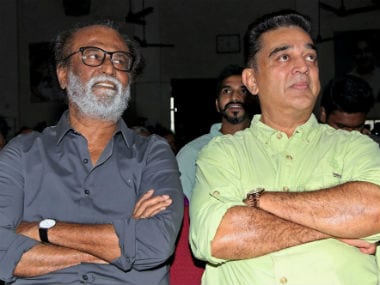The government’s first priority would be to continue, expand, improve and strengthen the schemes which have paid the BJP rich electoral dividends.
Narendra Modi has led the National Democratic Alliance (NDA) to a spectacular victory and, thereby, secured an unprecedented second consecutive term for a non-Congress government. This electoral performance, which betters his own in 2014, will give Modi another five years to fulfil his dream of transforming India. One can reasonably expect that Modi will push, with renewed vigour and emphasis, the schemes and policies that have enabled him to win and vanquish his political opponents.
The first point to note is that Modi secured his victory not on the basis of a stellar economic performance but on the back of his many successful welfare schemes which touched the lives of the needy.
Thus the government’s first priority would be to continue, expand, improve and strengthen the schemes which have paid the BJP rich electoral dividends.
Among those have been the path-breaking Swachh Bharat mission under which nine crore toilets have been constructed with results clearly visible to all, the Pradhan Mantri Ujjwala Yojana in which over seven crore gas connections have been released, the Jan Dhan Yojana for financial inclusion in which over 35.39 crore accounts were opened and the balance in the accounts have reached one lakh crore and the recently-introduced Pradhan Mantri Jan ArogyaYojana (PM-JAY) which will provide health protection to over 10 crore poor and vulnerable families with an coverage up to five lakh rupees per family per year for secondary and tertiary care hospitalization. Already, 18,35,227 beneficiaries have been admitted to the empanelled hospitals.
There will be no dearth of economists who will advise Modi to cut down on subsidies. But, this is unlikely to happen. What can happen is that subsidies will be better-targeted; non-merit subsidies maybe pruned, and the well-off may be asked to give up subsidies voluntarily, as has happened in the case of LPG subsidy.
There are others, like the redoubtable Swaminathan Aiyar, who will want the government to go back to its original promise of minimum government and maximum governance.
While the government can focus on maximum and efficient governance, the minimum government is unlikely in a country where the citizens want the government to provide jobs, education, health, re-write history books, run the railways, airlines, operate public sector corporations and banks, and bail out companies when they fail.
In its first term, the Modi government did a fine job of keeping inflation, low but its record on the macroeconomic front, as the irrepressible Subramaniam Swamy never tires of pointing out, has been lacklustre under the stewardship of his bete noire, Arun Jaitley.
Reports now suggest that economic growth slipped to a five-quarter low of 6.6 percent in October-December 2018 and that consumption demand has weakened. So, one of the first tasks of the new government would be the recovery of the economy and put it on a high-growth trajectory to reach 10 percent and to speed up private investment.
One of the major reforms of the first term of the Modi government was the introduction of GST. After the initial glitches were sorted out, the criticism of this ambitious move has become somewhat muted.
However, there is an unfinished business of bringing petrol and diesel under GST and reducing the multiple slabs of 5 percent, 12 percent, 18 percent, and 28 percent, apart from 3 percent for gold, a special rate of 0.25 percent for rough precious and semi-precious stones under GST and 1 percent for affordable housing. While a single rate may be neither desirable nor possible, the number of applicable rates could be reduced.
Subramaniam Swamy has often argued for the abolition of income tax. While this would be a just reward to the middle classes who have been vociferous supporters of the Modi government, the government, with an insatiable appetite for tax revenues in order to fund its myriad and ever-growing welfare schemes, is unlikely to take such a bold move, the 350 MPs of the ruling party notwithstanding. The government will, at best, tinker with the exemption limit which has already been raised to Rs 5 lakhs.
While Rahul Gandhi may make outlandish claims about how Modi has transferred 30,000 crore into the pocket of Anil Ambani, a defining feature of the Modi government has been the end of crony capitalism. All industrialists can expect fair and equitable treatment and no leniency towards defaulters.
During the last years of the first term, the Modi government had begun tackling the vexed issue of recovery of bad loans. The Indian bankruptcy code has begun to yield tangible results with 94 cases resolved under the code.
On almost every industrialist’s wish list is the need for reform of labour laws which are both outdated and extremely complicated. The area of cost, procedure, and processes of land acquisition must also be reformed. "Major structural reforms on land, labour and privatisation will excite markets,” according to UBS, a global investment bank. However, the real action here rests with state governments and not the central government.
Even though there are no reliable statistics, the unemployment rate has undoubtedly been growing. While the government – already bloated and overstaffed – can itself directly provide only a few jobs, it has to create a necessary favourable environment for job creation in the private sector.
The new government will certainly concentrate on the sectors that create a large number of jobs – construction, tourism, textiles, and services. The government is also likely to lay even greater emphasis on skill development and training programme under which over 5.2 million youth have been trained so far.
While envisaging the future actions of the new government, the point to be kept in mind is that, judging from his track record, Modi believes in grand all India development schemes or projects which have direct impact on citizens rather than abstract policy reforms which might excite industrialists, economists, foreign investors and the Khan market gang, but its effect is both unpredictable and limited.
(The author is from Escorts Securities. Views are personal.)
































